
Würzburg to Schwabthal
DAY #11 of 35 Germany 604 miles total
The first part of our ride today meandered north from Würzburg before once more heading east. The area we rode through is renowned for its agricultural produce, dominated by wheat fields and vineyards dotting the undulating landscape. We were able to make good time today riding on the perfect bike paths that run alongside the main roads.

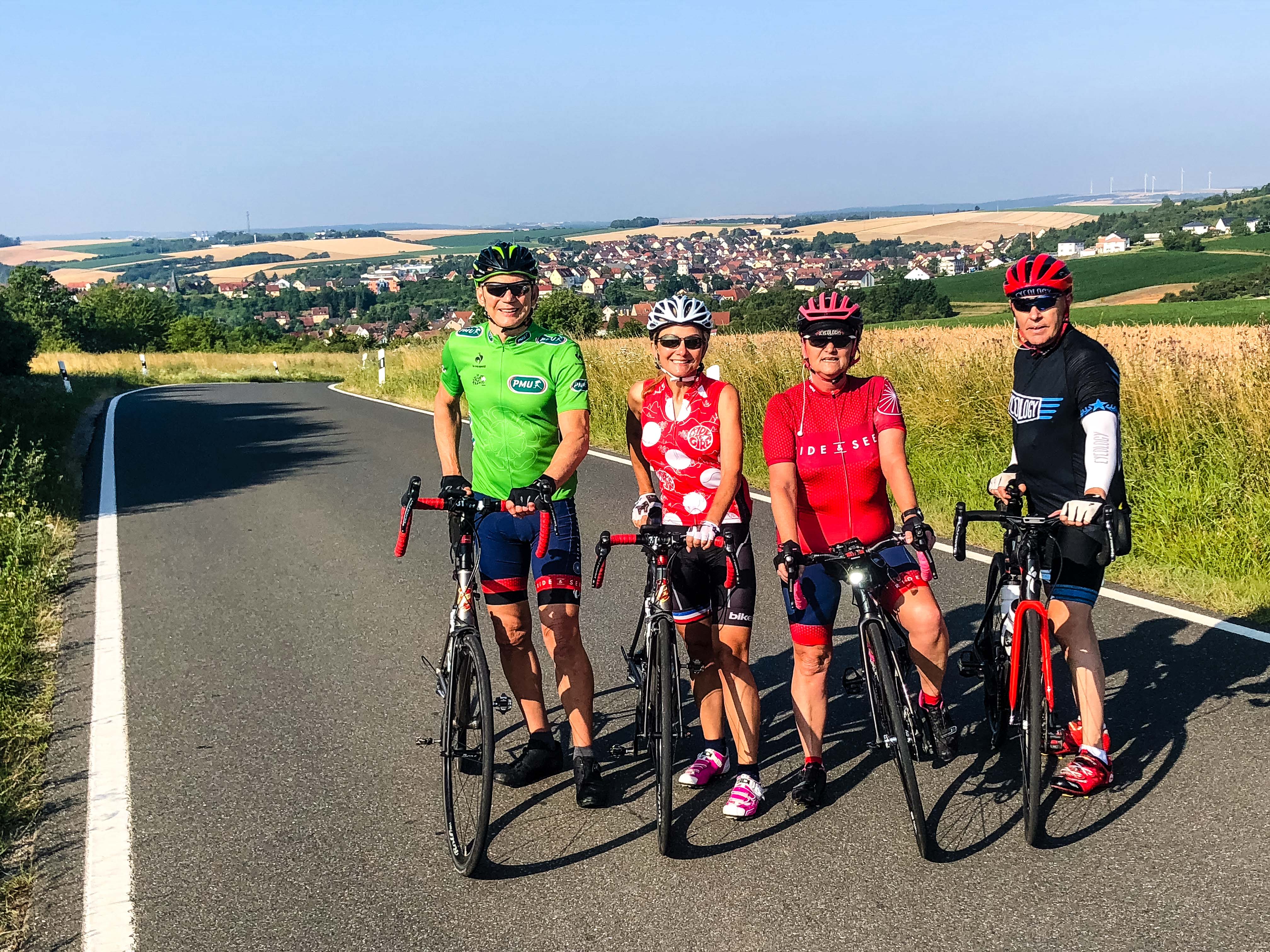
Noel and Debbie Mullins from Perth Australia.
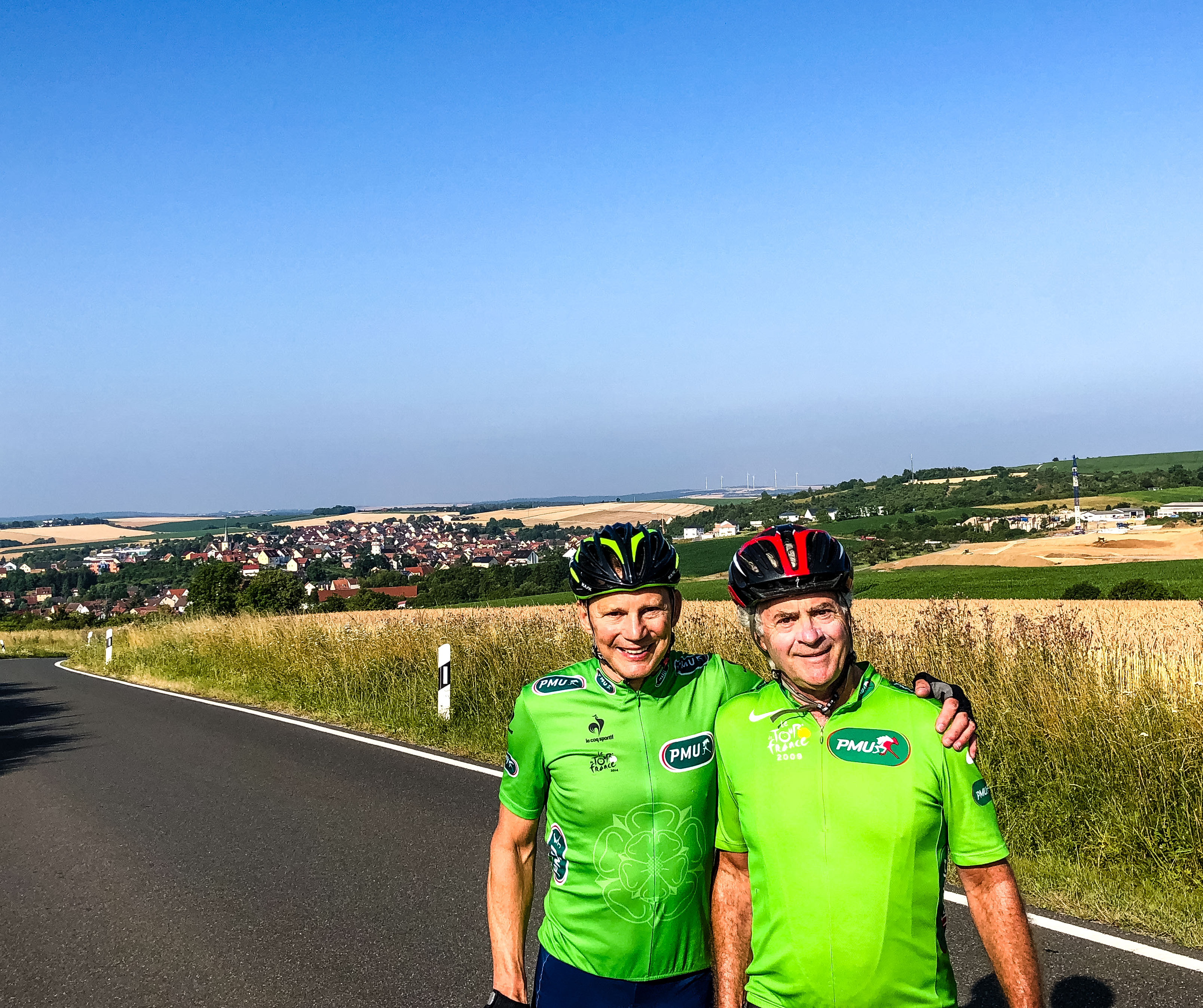
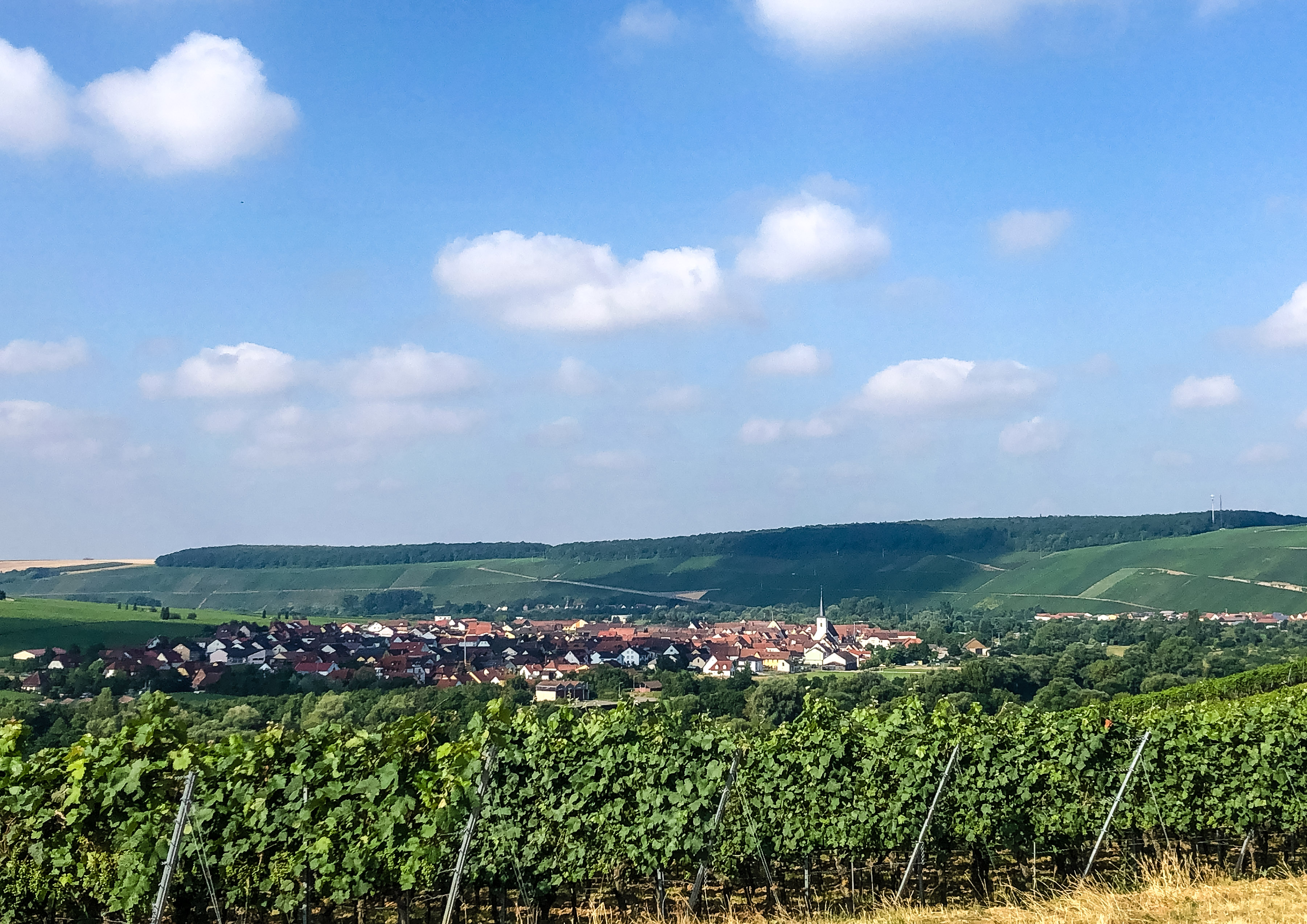
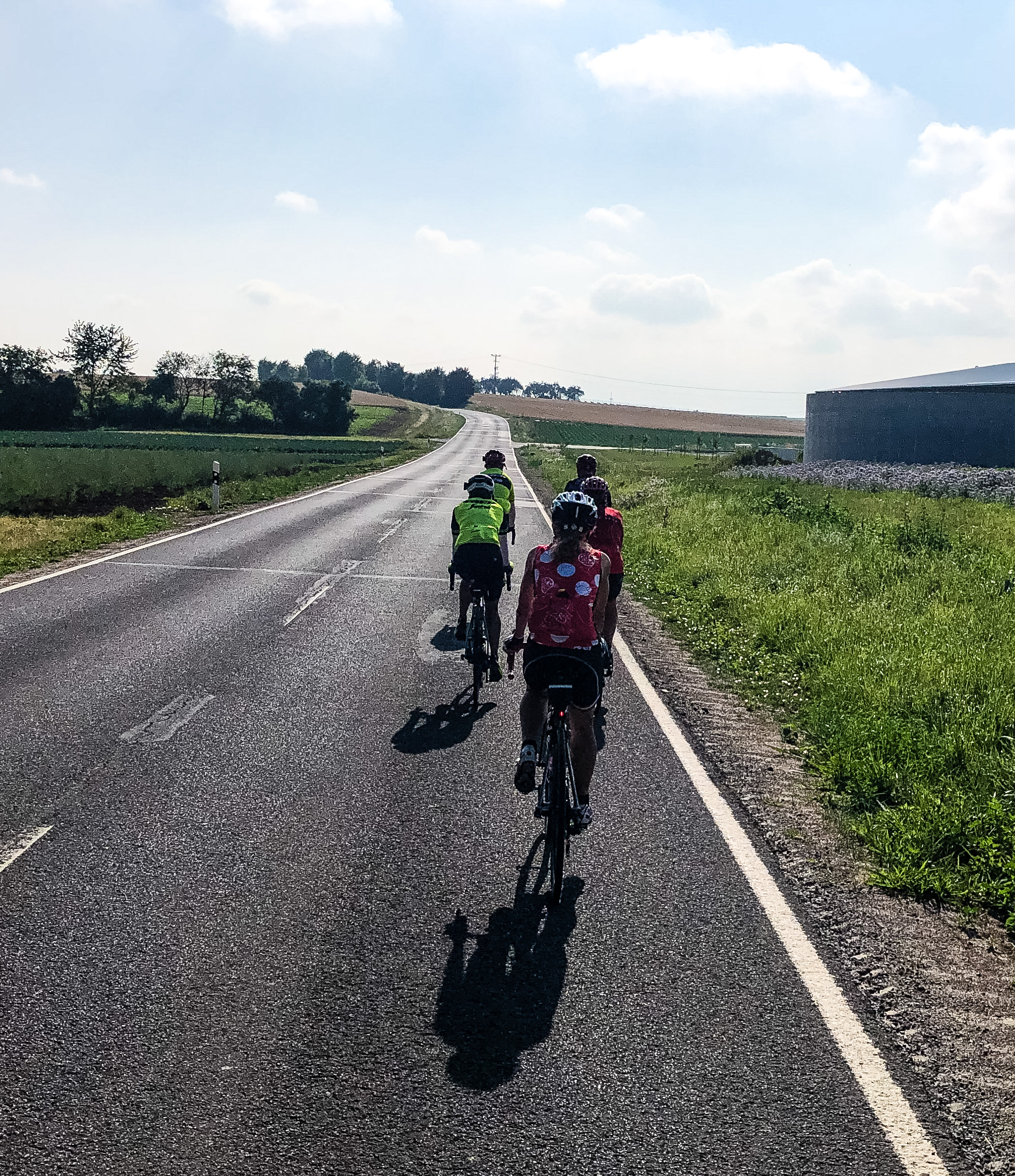

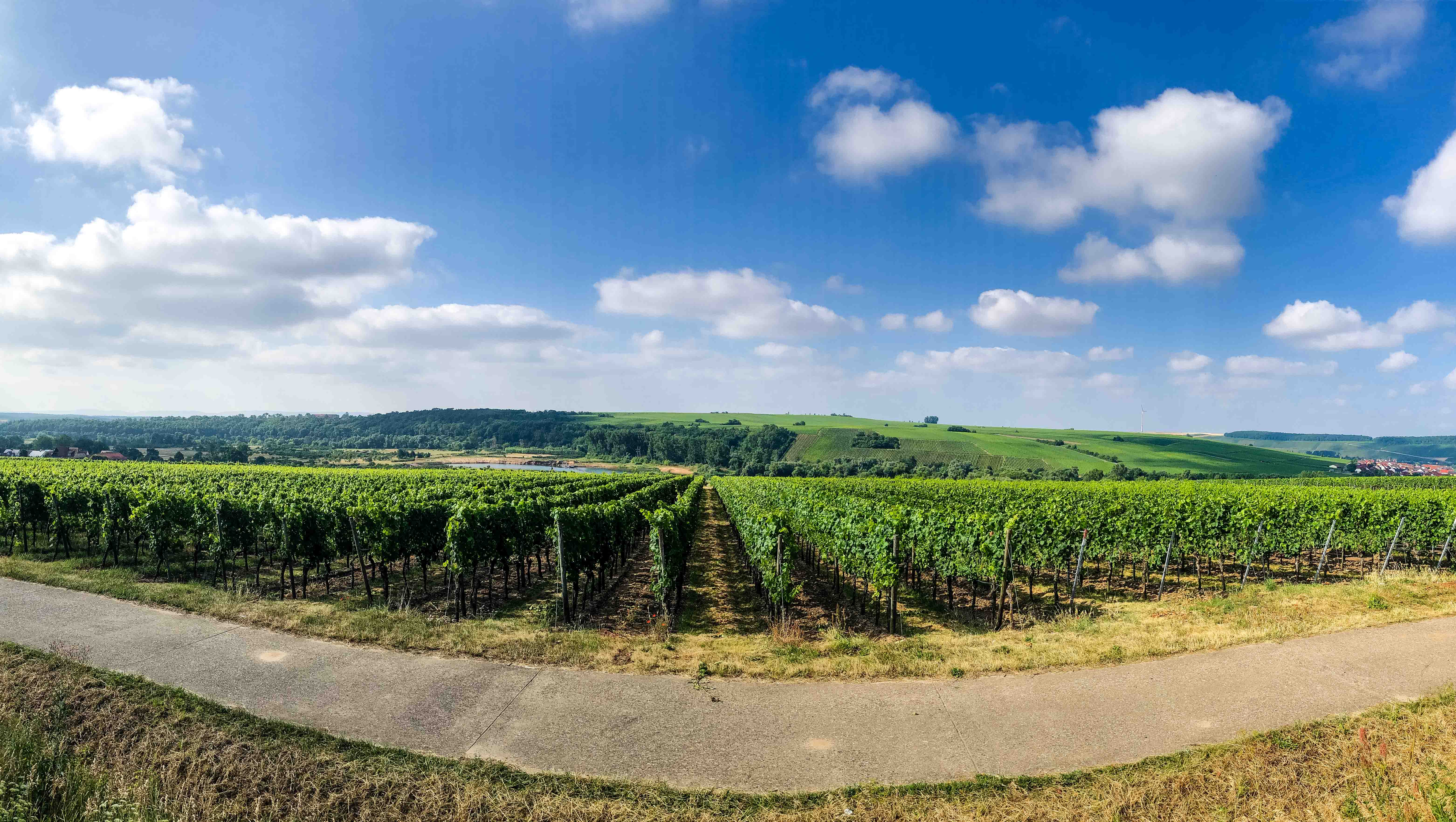
Breathtaking Bamberg
Although not our final destination for the day, our route took us through the town of Bamberg for our lunch stop. Since 1993 Bamberg has been designated a UNESCO World Heritage Site, primarily because of its authentic medieval appearance, and should not be confused with Bamberg district.
Trivia Fact: Bamberg district completely surrounds — but does not include — the town of Bamberg.

This historic town is home to an abundance of attractions, including:
- Bamberg Cathedral dates back to 1237 and includes the tombs of Emperor Henry II and Pope Clement II.
- Michaelsberg Abbey built in the 12th century on one of Bamberg’s “Seven Hills”
- Altenburg Castle sits on the tallest of the seven hills of Bamberg, southern Germany, overlooking the town. It dates back to at least 1109 but was most likely built on the site of an earlier castle.
- Old Town Hall is one of the most iconic buildings in Bamberg. It was built in the middle of the Regnitz River and is accessible by two bridges from opposing sides. (pictured below)
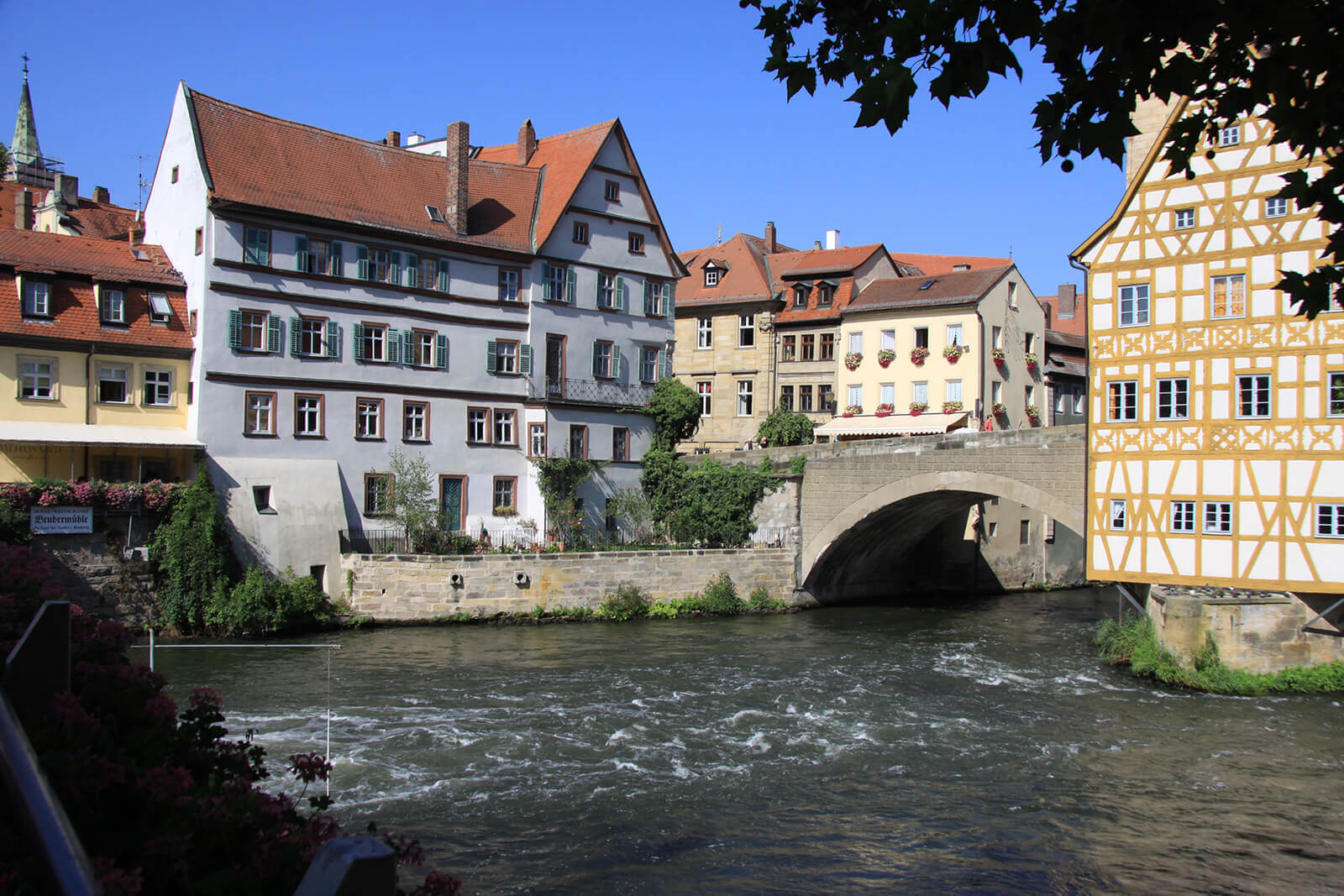
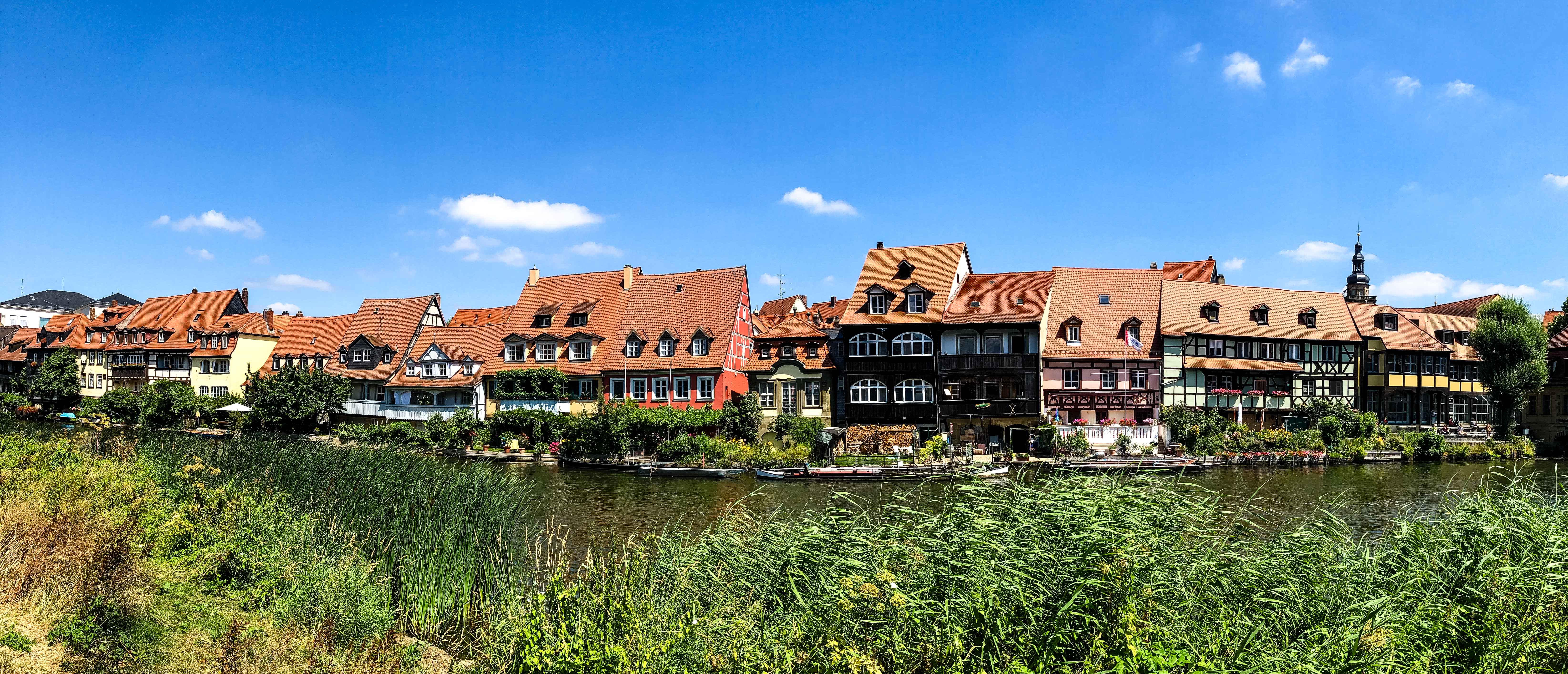
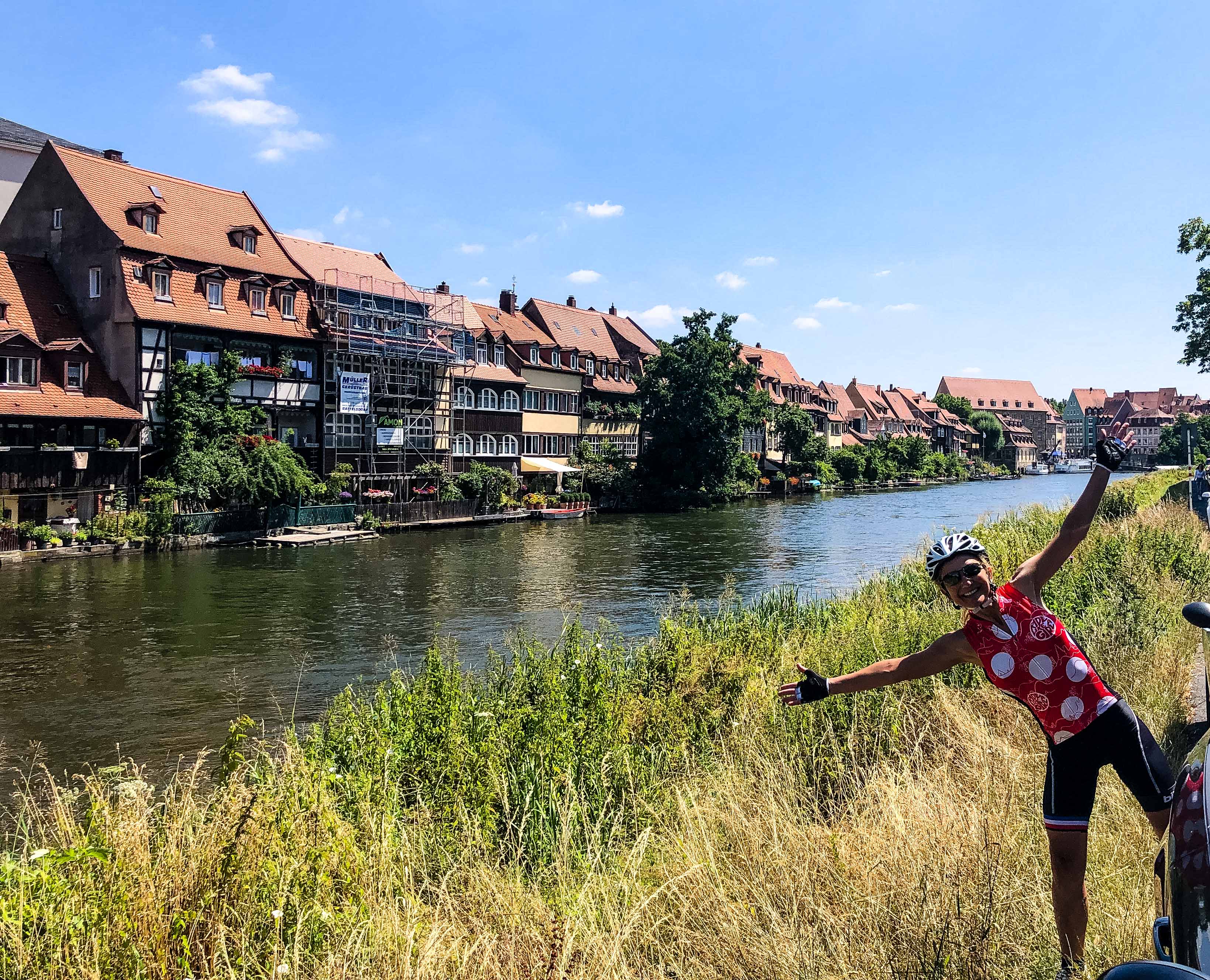
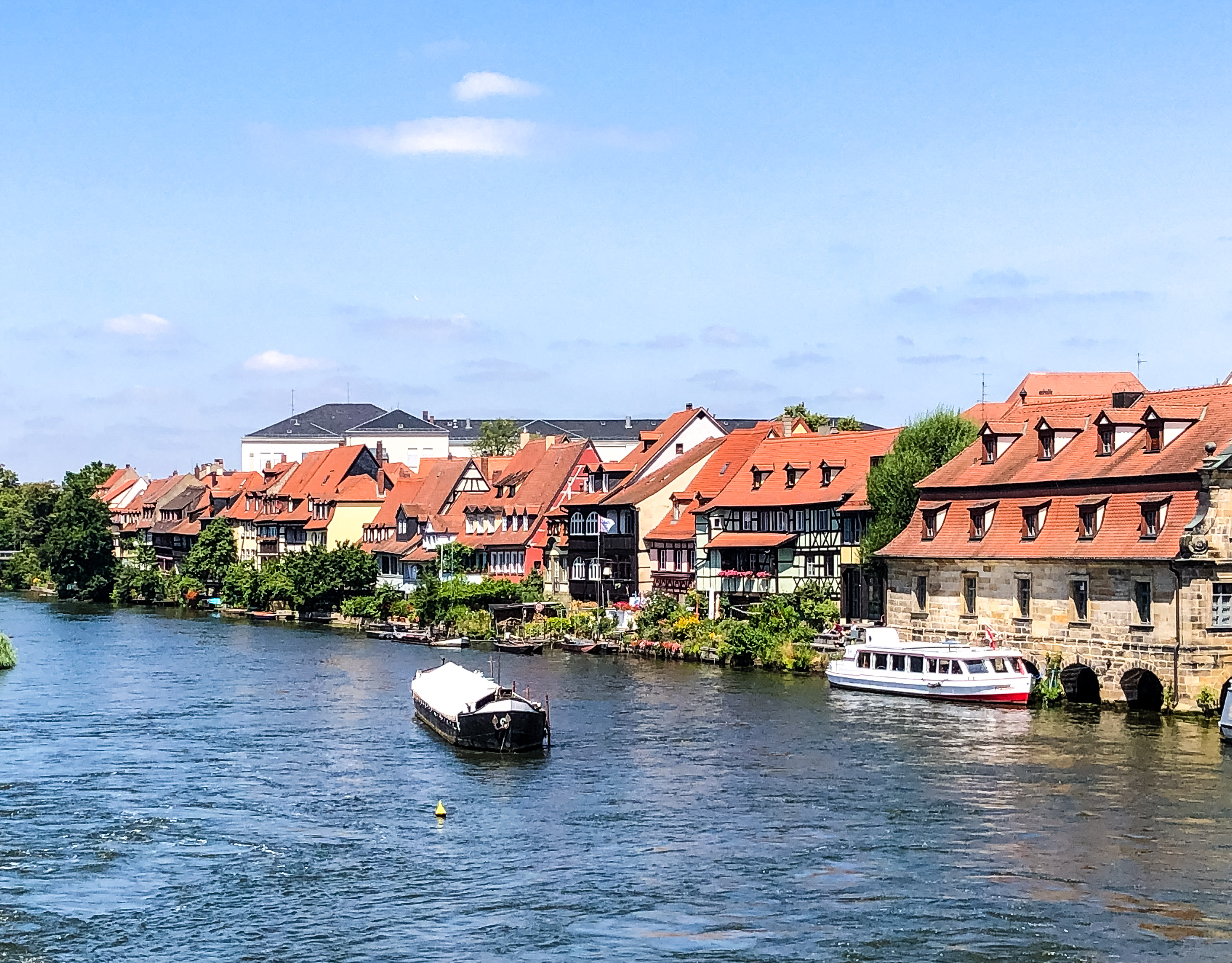
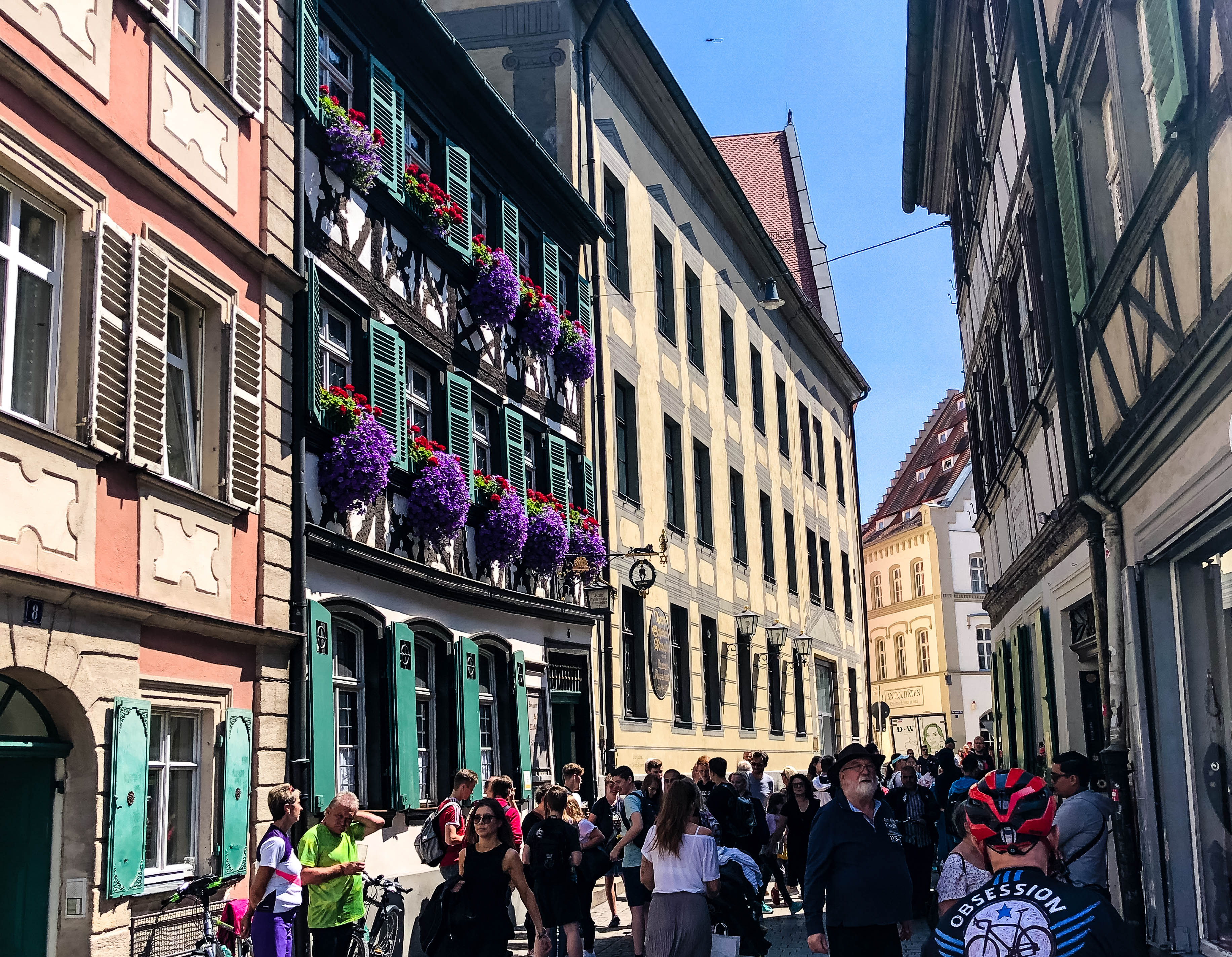
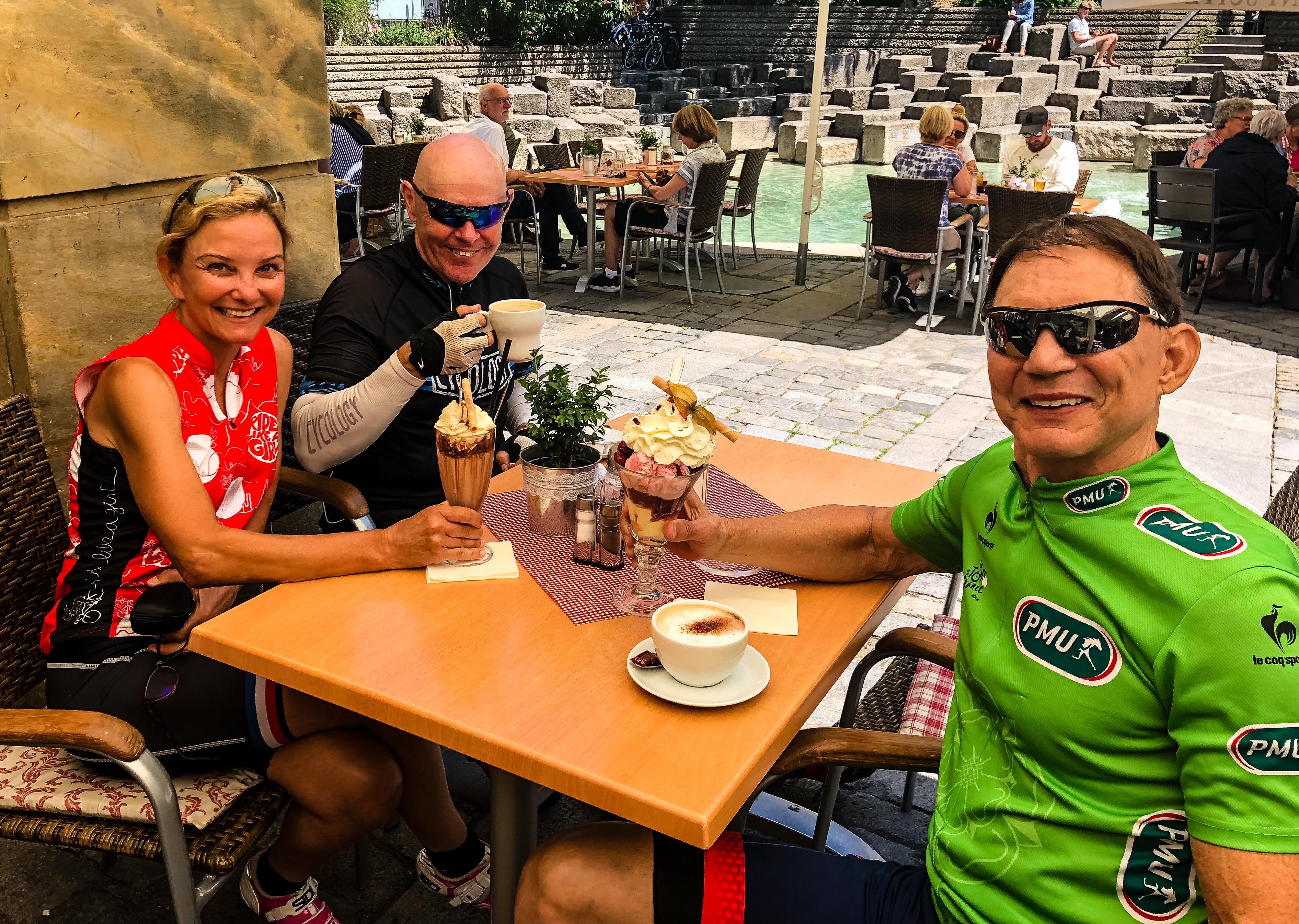
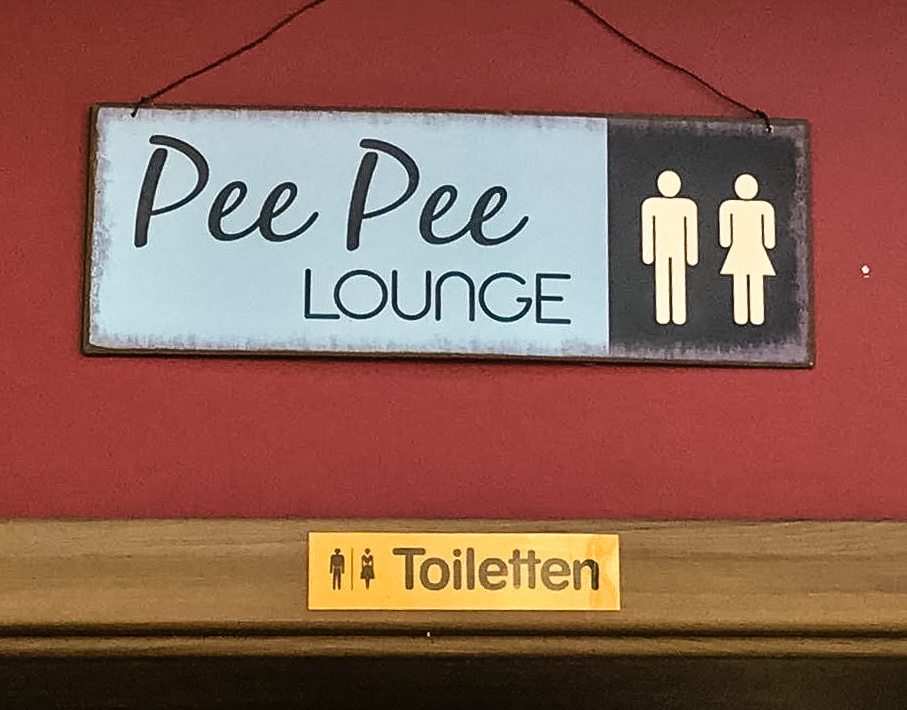
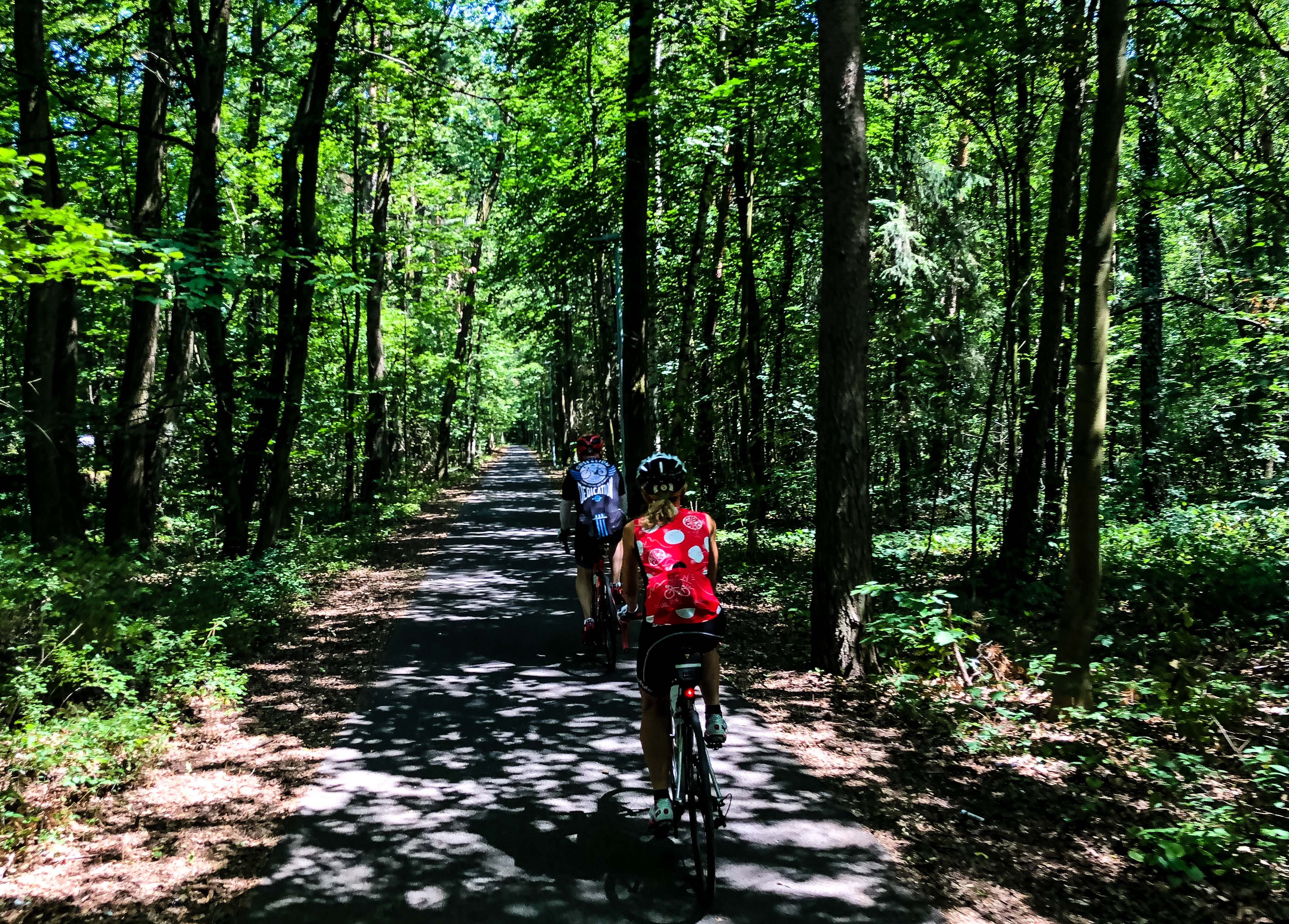
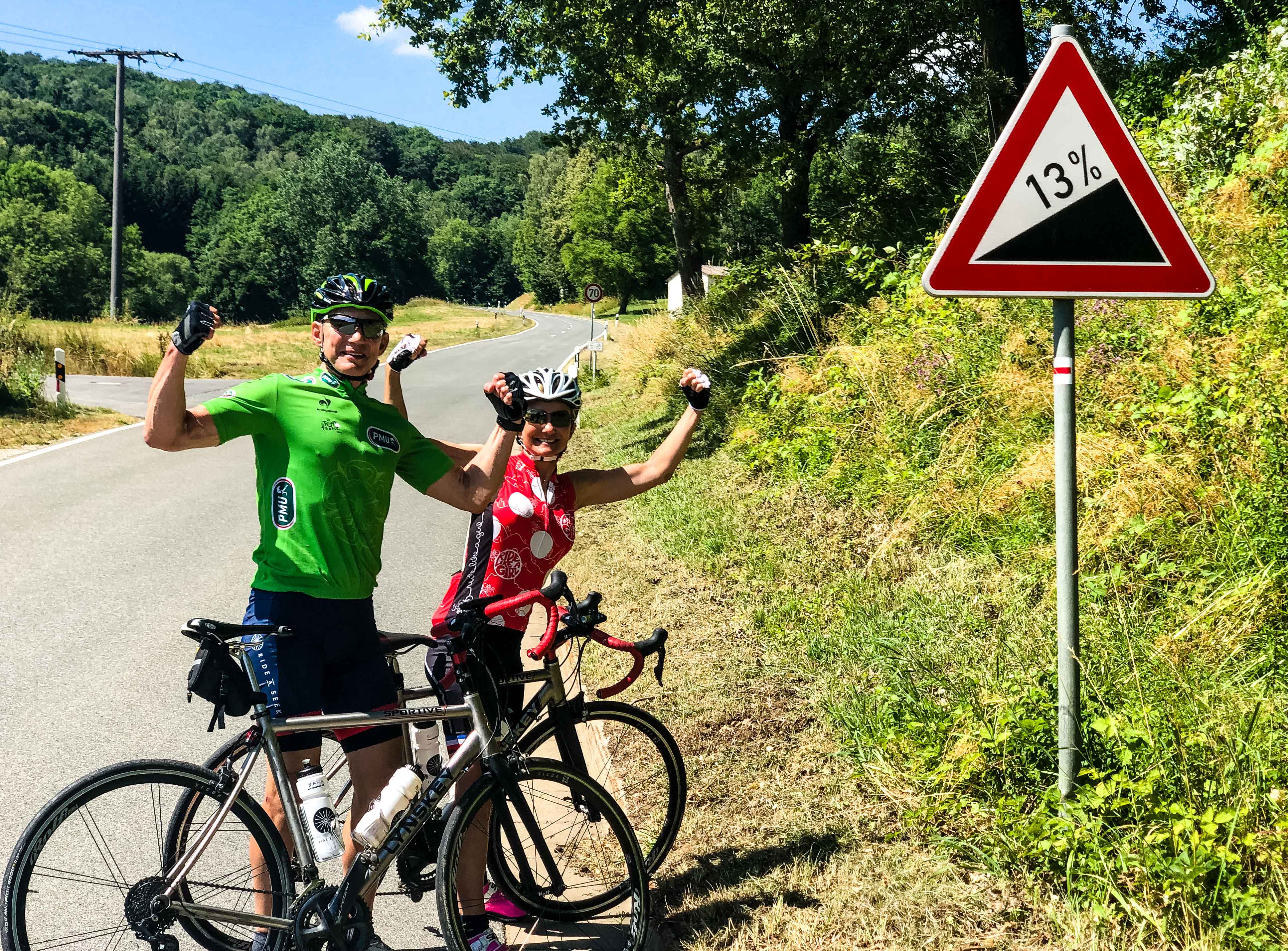
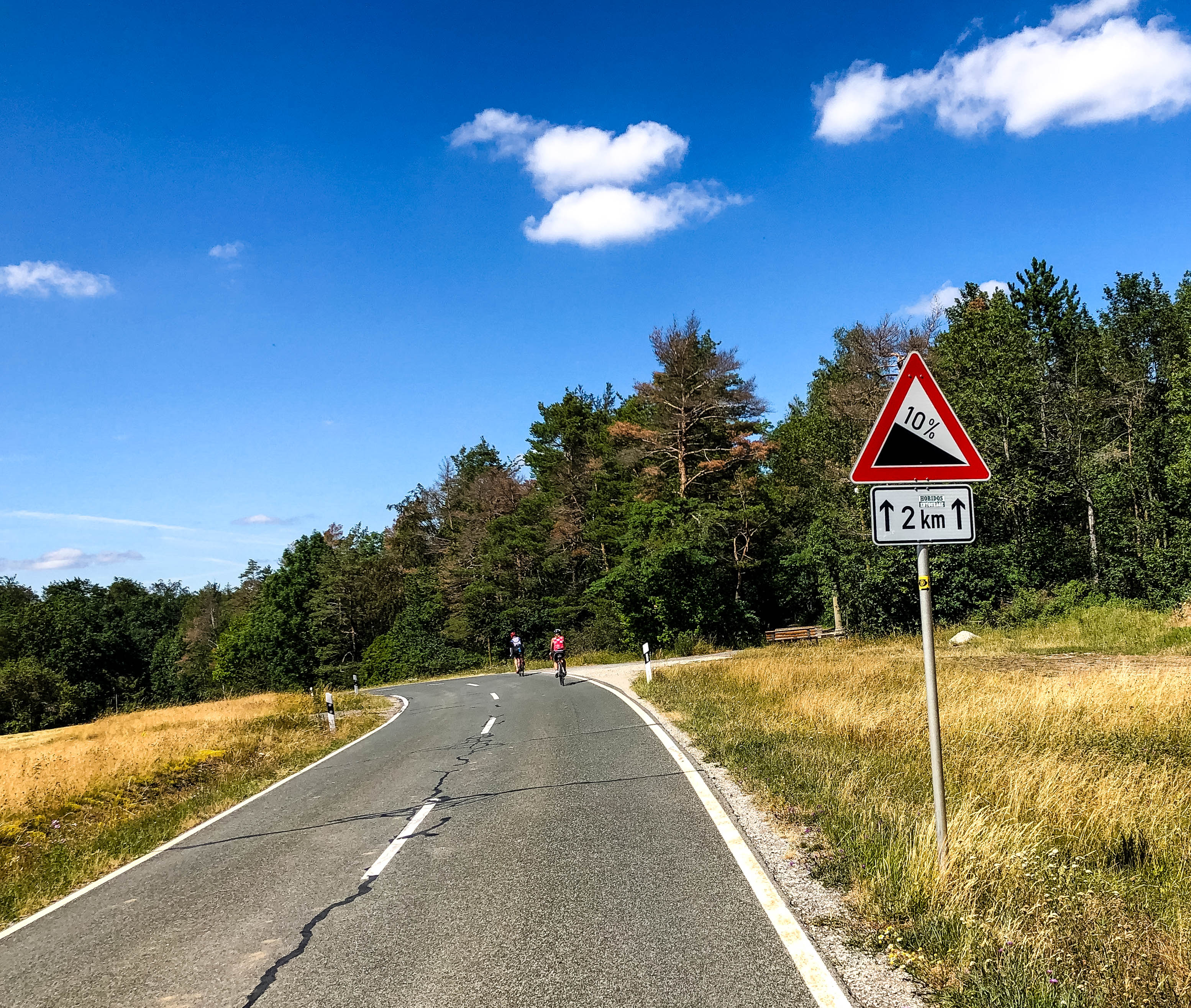
Schwabthal – Bavarian Village
Our destination today is the quintessentially Bavarian village of Schwabthal, which is as authentically German as it sounds. It is among the area’s oldest settlements and a great destination for lovers of history and architecture.
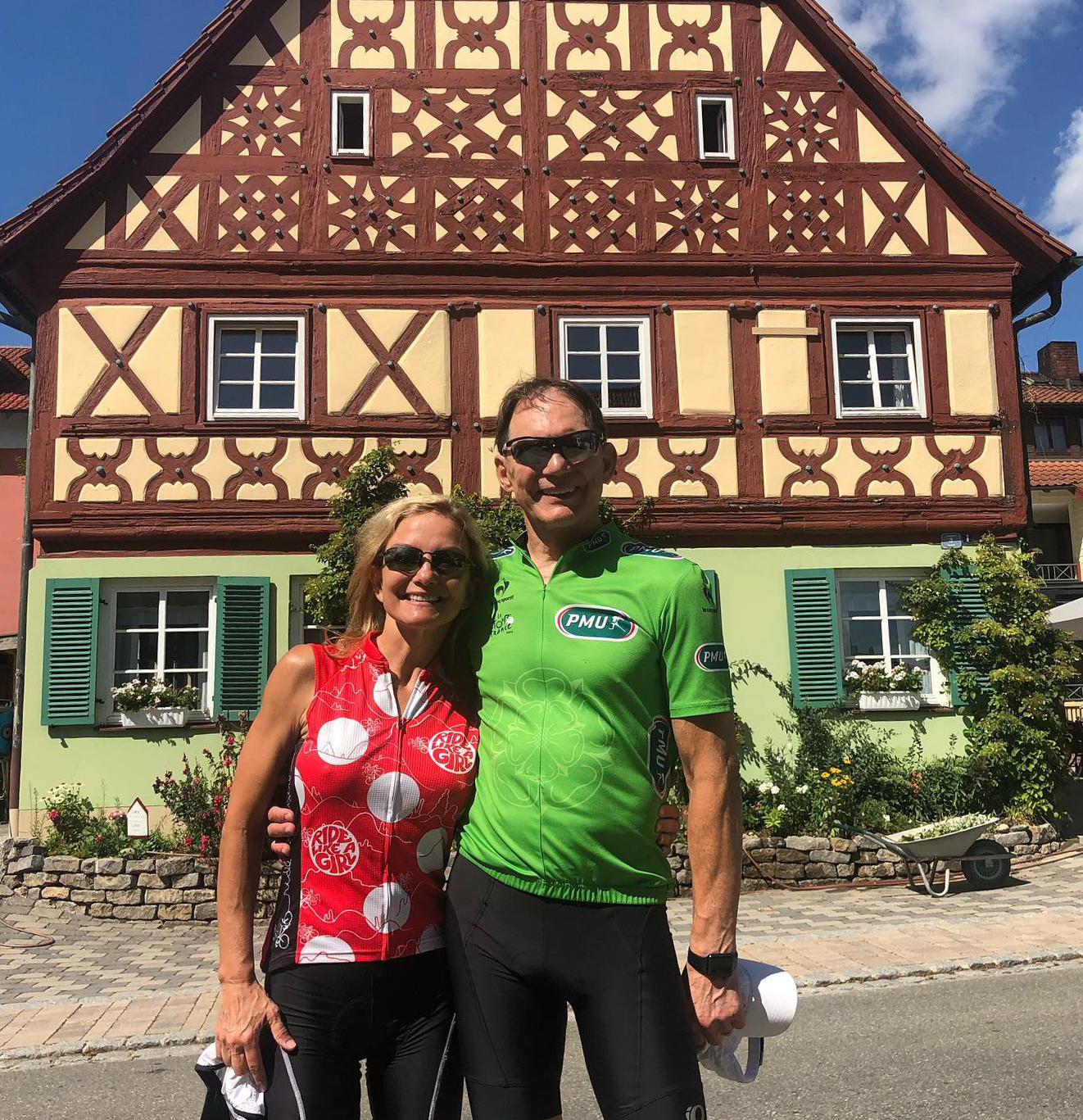
Traces of Celtic settlements are around Schwab valley. The village was first mentioned in the Bamberger Domnekrolog from 1285 to 1287 as to existing in 1065 in relation to Bamberg Bishop Gunther regarding his goods “in Swaptal” for the cathedral brothers. We found the history of Gunther fascinating, especially in regard to how much is known about Gunther’s life from 1030-1065.
Gary’s 5-minute History Lesson Plus a Little Extra
Author Ben Kane left after Week 1, but much to our delight, we have an amazing historian in our midst. Gary Kates, a history professor from Pomona College in California is a cycling client on this trip with his wife Lynn – an inquisitive and delightful physician! Gary is so knowledgeable and engaging, he makes us want to go take his classes. Gary has started giving 5-minute-history lessons (Lynn times him). He does so expertly, engagingly and effortlessly.
So how did Germany become a unified Germany? Did all the peasants in what is now Germany just wake up one day and say “I want to be German! I AM German!”? Not quite. Before the campaigns of Napoleon, Germany was divided into hundreds of independent states and cities. Although the people were Germanic, they had little sense of national identity.
In the late 1700s, war broke out between France and the rest of Europe. Napoleon’s forces were strong enough to conquer and control the whole of mainland Europe, including the numerous German states. Napoleon reorganized Germany into 39 larger states. He also established the Confederation of the Rhine, a league of 16 German states. This brought further unification to Germany.
Eventually, Napoleon was defeated firstly at Leipzig in 1813 and then at Waterloo in 1815, bringing an end to the Confederation of Rhine.
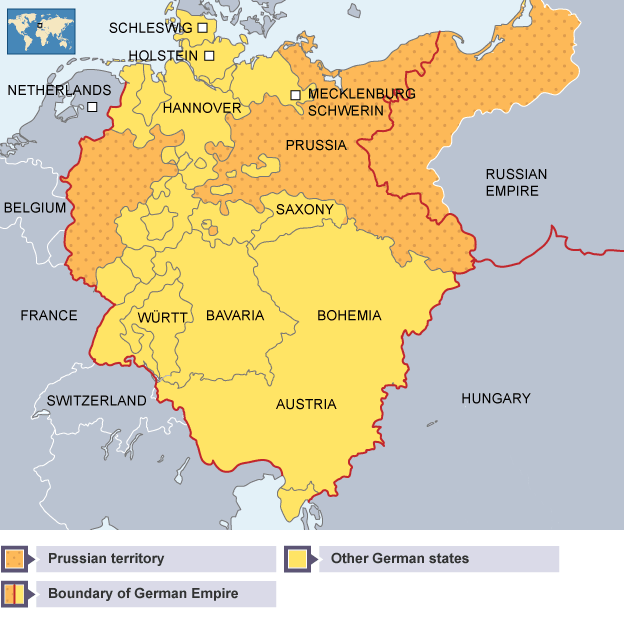
Following Napoleon’s subjugation of Europe and the formation of the Confederation of the Rhine, the German states realized that being small and politically divided meant being vulnerable to strong aggressors… they needed each other for common defense! The lessons learned by the defeat of Napoleon and the strong nationalism that was stirred up to finally drive him out, helped strengthen the sense of a common German identity.
Otto von Bismarck took unification to a whole other level in the mid-1800s.
